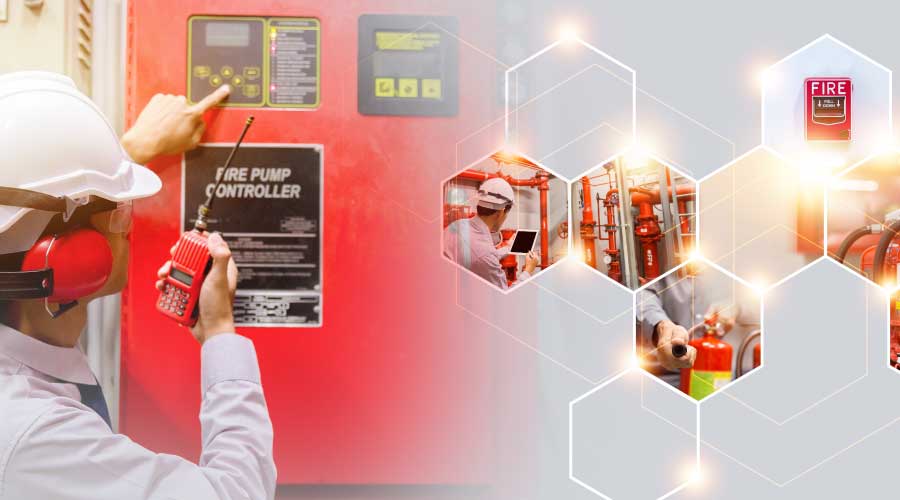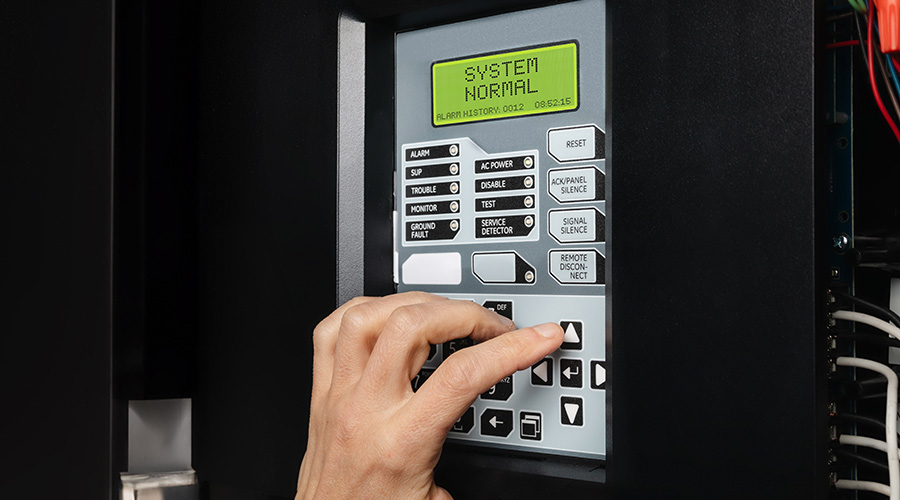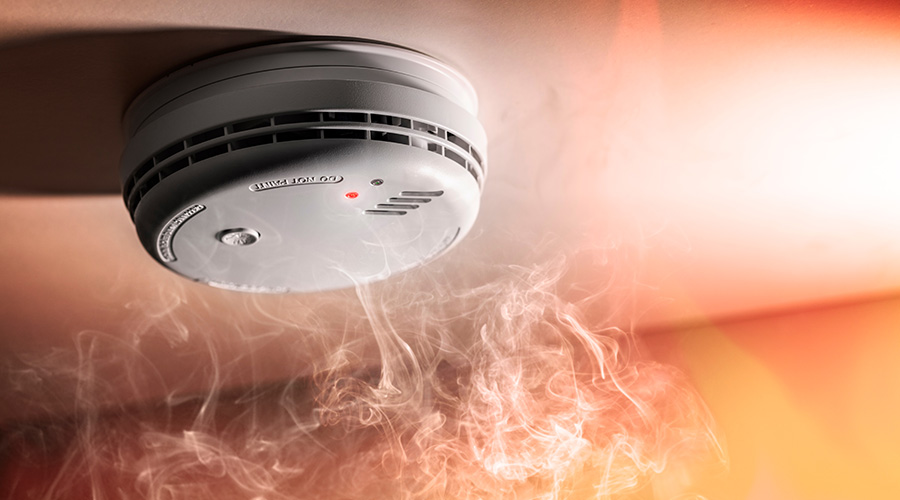Operate a Green Building Well and Fire Safety Will Follow
With green buildings, experts advise taking a holistic approach to assessing overall building performance for sustainability, safety, and resiliency. Operate a building well, in total, and fire safety will follow, one says.
One key consideration when evaluating possible trade-offs is cost. But these experts say there’s no evidence that green buildings add cost from a fire safety perspective. “The cost is neutral,” says Grill. “In fact, when you are considering systems holistically, you could have an overall lower cost.” Grill says that when systems are considered piecemeal, that’s when expense becomes higher. “I’ll see systems where fire protection is over-designed, so those become more expensive both from a first-cost and maintenance perspective.” For example, more sprinklers than necessary obviously means buying more equipment, but it also means more equipment that needs to be maintained and tested. “It’s all about striking a balance between code compliance, life safety, and cost,” says Grill.
Existing Buildings
Input to design is important, but obviously, an FM’s core competency is operating the existing building. There are also considerations in terms of operating high-performance buildings in a fire safe manner as well. But according to Meacham, the strategy should be similar. “In existing buildings, the challenge is really to avoid the situation of having competing objectives for sustainability and safety,” he says. “And this can be addressed by taking a holistic approach to assessing overall building performance for sustainability, safety, and resiliency. Ask the question: ‘Does this present a fire or other safety concern in any way, and if so, how do I best mitigate it while achieving the target sustainability objective?’”
In existing buildings, FMs are in the best position to evaluate if there are any trade-offs between fire safety and sustainability, and if so, how to balance them. For instance, “Housekeeping is a big deal,” says Grill. He mentions simple things like making sure recycling bins aren’t blocking fire exits, and also are emptied periodically to avoid providing more fuel in the unfortunate event of a fire. Many of the nodes of intersection between fire safety and high-performance operations are common sense things like these, say experts.
But in total, says Gritzo, when buildings are operated well, then fire safety naturally follows. “There is a fair amount of overlapping space between high-performance and fire safety,” he says. “A well-operated building will experience fewer risk-related losses than one that is operated more loosely.” He says this fact, borne out in multiple studies, is simply related to all the things a good building operator does. “Efficient operations reduce risk. Good operations and maintenance is critical to fire safety, not only in terms of the potential for a fire to start in case of failed equipment, but also for fire suppression systems to function correctly and effectively.” Essentially, when an FM is doing the job well, systems operate properly, efficiently, and are less likely to fail — causing either direct or tangential fire safety issues.
Gritzo also says it’s always important for FMs to stay diligent. Fault detection is a key facet of both high-performance operations and fire safety. “Building operators should always keep an eye out for anything that raises questions,” he says. “Always look for opportunities to reduce risk.”
2 Important Studies of Green Buildings and Fire Safety
Two studies have been instrumental in laying the baseline for understanding how green buildings and fire safety can complement each other.
1. “Bridging the Gap: Fire Safety and Green Buildings” was published by the National Association of State Fire Marshals in 2010. It includes key topic areas that designers and facility managers should consider — such as site selection, alternative energy, and building envelope — that may affect fire-fighters’ ability to fight a fire. Download a free copy of the study at: www.scfirechiefs.com/NASFM_greenfire_guide.pdf
2. “Fire Safety Challenges of Green Buildings” was published in November 2012 as a joint effort of the National Fire Protection Association’s Fire Protection Research Foundation and the Worchester Polytechnic Institute. The comprehensive study looks at dozens of strategies, products, and technologies commonly used in green buildings that may require additional mitigation measures for fire safety.
Related Topics:













